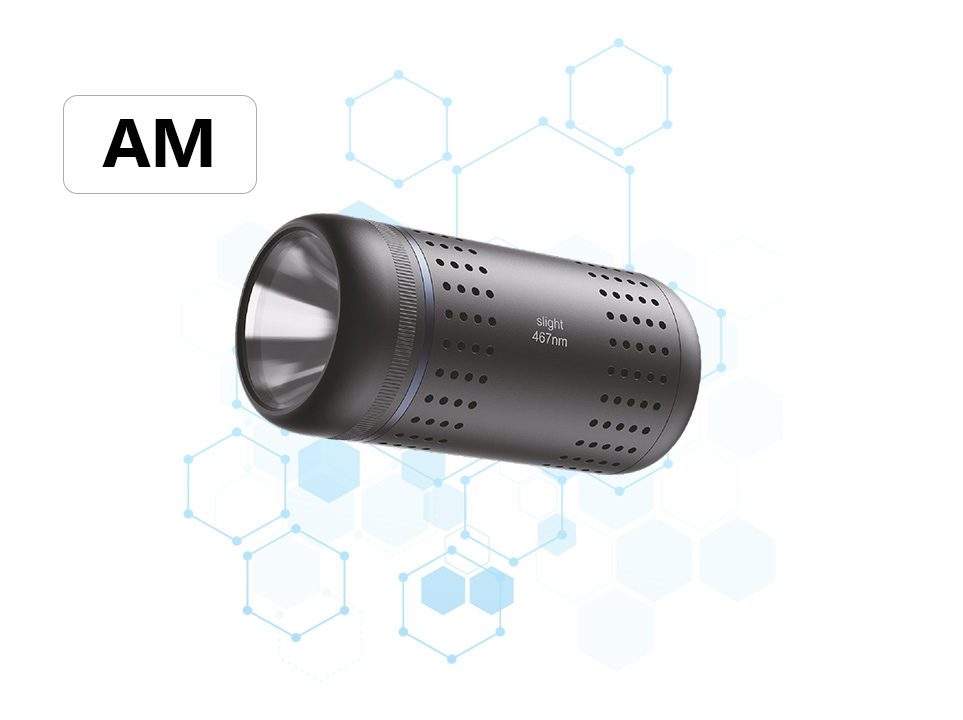Application of ton level kettle type photoreactors in pharmaceutical production
Abstract:
This study explores the application of ton-level kettle type photoreactors in pharmaceutical production, focusing on their design, operational characteristics, and the advantages they offer in scalable and efficient photochemical reactions. The increasing demand for complex pharmaceuticals has driven the need for advanced reactor technologies that can handle larger volumes while maintaining high reaction efficiencies and product purities. The ton-level kettle type photoreactor emerges as a promising solution, combining the robustness of traditional kettles with the photocatalytic capabilities essential for synthesizing specific pharmaceutical compounds.
Introduction:
Photoreactors are essential tools in the synthesis of various pharmaceutical compounds, as they allow for the utilization of light as an energy source to drive chemical reactions. Traditionally, photoreactors have been limited in scale, making them unsuitable for large-scale pharmaceutical production. However, recent advancements in reactor design have led to the development of ton-level kettle type photoreactors, which offer a scalable and efficient alternative for photochemical reactions in pharmaceutical manufacturing.
Materials and Methods:
The study employs a ton-level kettle type photoreactor equipped with high-intensity light sources and an efficient cooling system to maintain optimal reaction temperatures. The reactor is designed to handle volumes ranging from hundreds to thousands of liters, making it suitable for large-scale production. A series of experiments are conducted using model pharmaceutical compounds to evaluate the reactor's performance in terms of reaction efficiency, product purity, and scalability.
Results:
The results demonstrate that the ton-level kettle type photoreactor is capable of achieving high reaction efficiencies and product purities, even at large scales. The reactor's design allows for uniform light distribution and efficient heat dissipation, ensuring optimal reaction conditions throughout the entire reaction volume. Additionally, the reactor's scalability makes it suitable for use in both research and industrial settings, accommodating a wide range of production volumes.
Discussion:
The use of ton-level kettle type photoreactors in pharmaceutical production offers several advantages. Firstly, the reactor's large capacity allows for the production of larger quantities of pharmaceutical compounds, reducing the need for multiple batch reactions and increasing overall production efficiency. Secondly, the reactor's design ensures uniform light distribution and efficient heat dissipation, which are critical for achieving high reaction efficiencies and product purities. Furthermore, the reactor's scalability makes it adaptable to different production scales, making it a versatile tool for both research and industrial applications.
However, there are also challenges associated with the use of ton-level kettle type photoreactors. These include the need for precise control of reaction conditions, such as light intensity, temperature, and stirring speed, to ensure optimal reaction outcomes. Additionally, the reactor's size and complexity can increase the risk of contamination and the need for rigorous cleaning and validation procedures.
Conclusion:
In conclusion, the application of ton-level kettle type photoreactors in pharmaceutical production represents a significant advancement in reactor technology. The reactor's scalability, high reaction efficiencies, and product purities make it a promising tool for large-scale pharmaceutical manufacturing. However, to fully harness the reactor's potential, it is essential to address the challenges associated with its use, including precise control of reaction conditions and rigorous cleaning and validation procedures.
Keywords: Ton-level kettle type photoreactors, pharmaceutical production, scalability, reaction efficiency, product purity.





